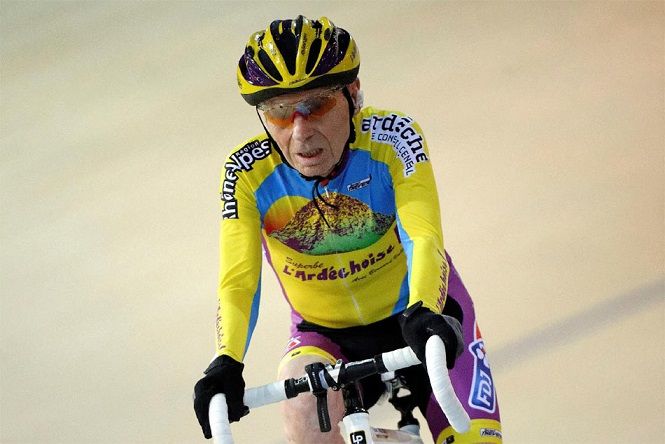The more exercise people get, the less their cells appear to age. In a new study in Preventive Medicine, people who exercised the most had biological aging markers that appeared nine years younger than those who were sedentary.
Researchers looked at the telomeres from nearly 6,000 adults enrolled in a multi-year survey run by the Centers for Disease Control and Prevention. People were asked what physical activities they had done in the past month and how vigorously they did them. They also provided DNA samples, from which the researchers measured telomere length. Telomeres, the protein caps on the ends of human chromosomes, are markers of aging and overall health. Every time a cell replicates, a tiny bit of telomere is lost, so they get shorter with age. But they shrink faster in some people than in others, explains study author Larry Tucker, professor of exercise science at Brigham Young University.
“We know that, in general, people with shorter telomeres die sooner and are more likely to develop many of our chronic diseases,” says Tucker. “It’s not perfect, but it’s a very good index of biological aging.”
Tucker says he was surprised to see so big of a difference between moderate and high levels of exercise. “Moderate exercise was still valuable and it had some benefit, but it was really those high levels of physical activity that made the real difference,” says Tucker. The top exercisers were vigorously working out 150 to 200 minutes a week, or engaging in light- to moderate-intensity activity for longer periods. Research continues to suggest that more exercise means deeper reductions in risk for chronic disease, to a certain point.














